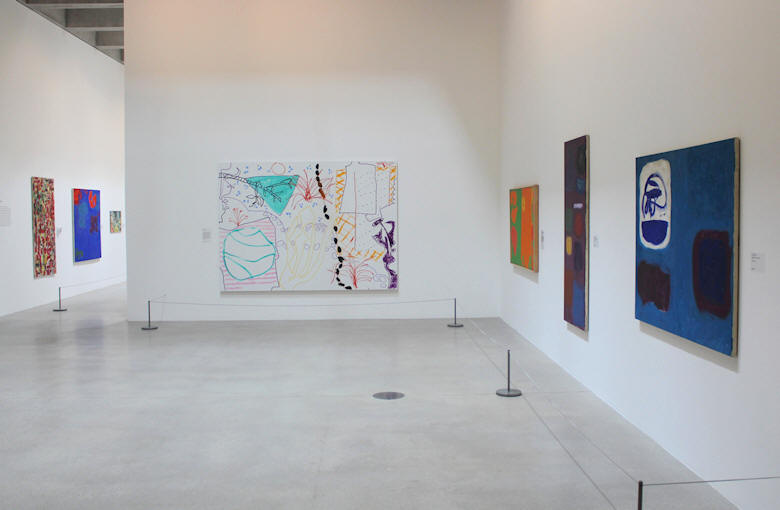In the first iteration of this touring show (now at Turner Contemporary, Margate, until January), Toby Treves finds a coherent display of Heron’s intention that his paintings – indeed all good contemprary painting – should have an ‘all-over stress, this insistent regular pulse from edge to edge’, but that this comes at the cost of the effect of the individual works and visual harmony of the entire exhibition. You can read the whole review here.
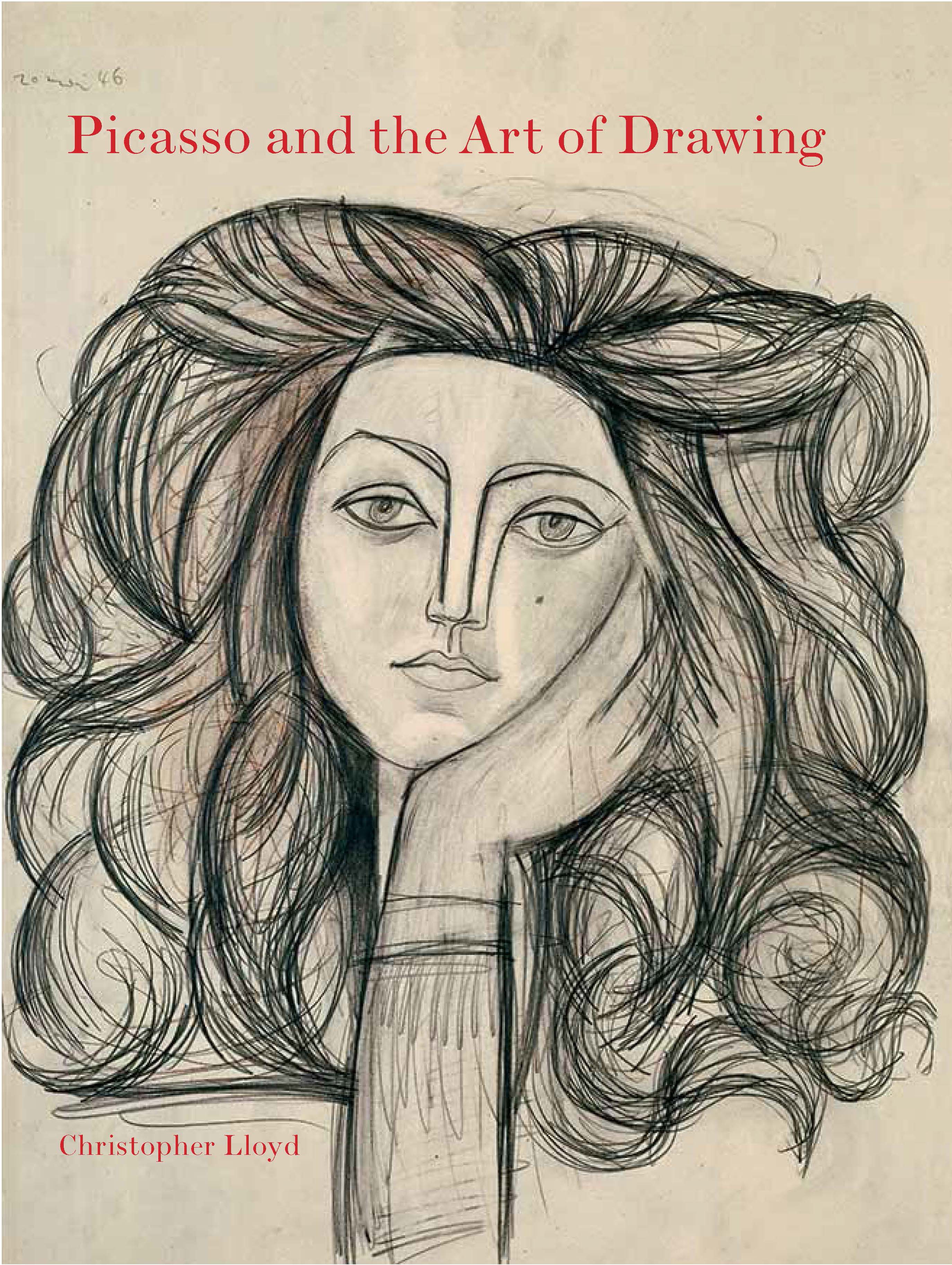
‘A consistently fascinating study’: The Art Newspaper reviews Christopher Lloyd’s Picasso and the Art of Drawing
In October’s issue of The Art Newspaper, Christian House reviews Picasso and the Art of Drawing and describes it as ‘a graceful survey’ by ‘an elegant writer, as fluid in his delivery as he is sharp in his judgements.’
Modern Art Press has moved
Modern Art Press has moved to new premises. As of 16 August, our address is:
37 Bury Street
London
SW1Y 6AU
All other contact details remain the same

‘Earth, Wind and Colour’: review of Peter Lanyon: Catalogue Raisonné of the Oil Paintings and Three-dimensional Works in the Literary Review
In the July 2018 issue of the Literary Review, Clare Griffiths reviews Toby Treves’s catalogue raisonné of Lanyon’s oils and three-dimensional works, which ‘draws out Lanyon’s profound engagement with the particular landscape of his Cornish homeland’. The full review can be read online here.

Barbara Hepworth: Catalogues Raisonnés of the Sculptures and the Paintings and Drawings
Modern Art Press is pleased to announce it has been appointed to publish the catalogue raisonné of the sculptures of Barbara Hepworth (1903–1975) by Sophie Bowness, and the catalogue raisonné of the drawings and paintings, by Sophie Bowness, Alan Bowness and Jenna Lundin Aral.

Eduardo Paolozzi: Catalogue Raisonné of the Metal Sculptures
Modern Art Press is pleased to announce the forthcoming publication of the catalogue raisonné of Eduardo Paolozzi’s metal sculptures, by Judith Collins, author of the 2014 monograph on the artist. We are grateful for the support of the Henry Moore Foundation towards the funding of the catalogue.

Eduardo Paolozzi: Catalogue Raisonné of the Prints
Modern Art Press is delighted to announce the forthcoming publication of Daniel Herrmann’s catalogue raisonné of Eduardo Paolozzi’s prints. Daniel Herrmann curated the Paolozzi retrospective at the Whitechapel Gallery in 2016 and is currently Curator of Special Projects at the National Gallery.
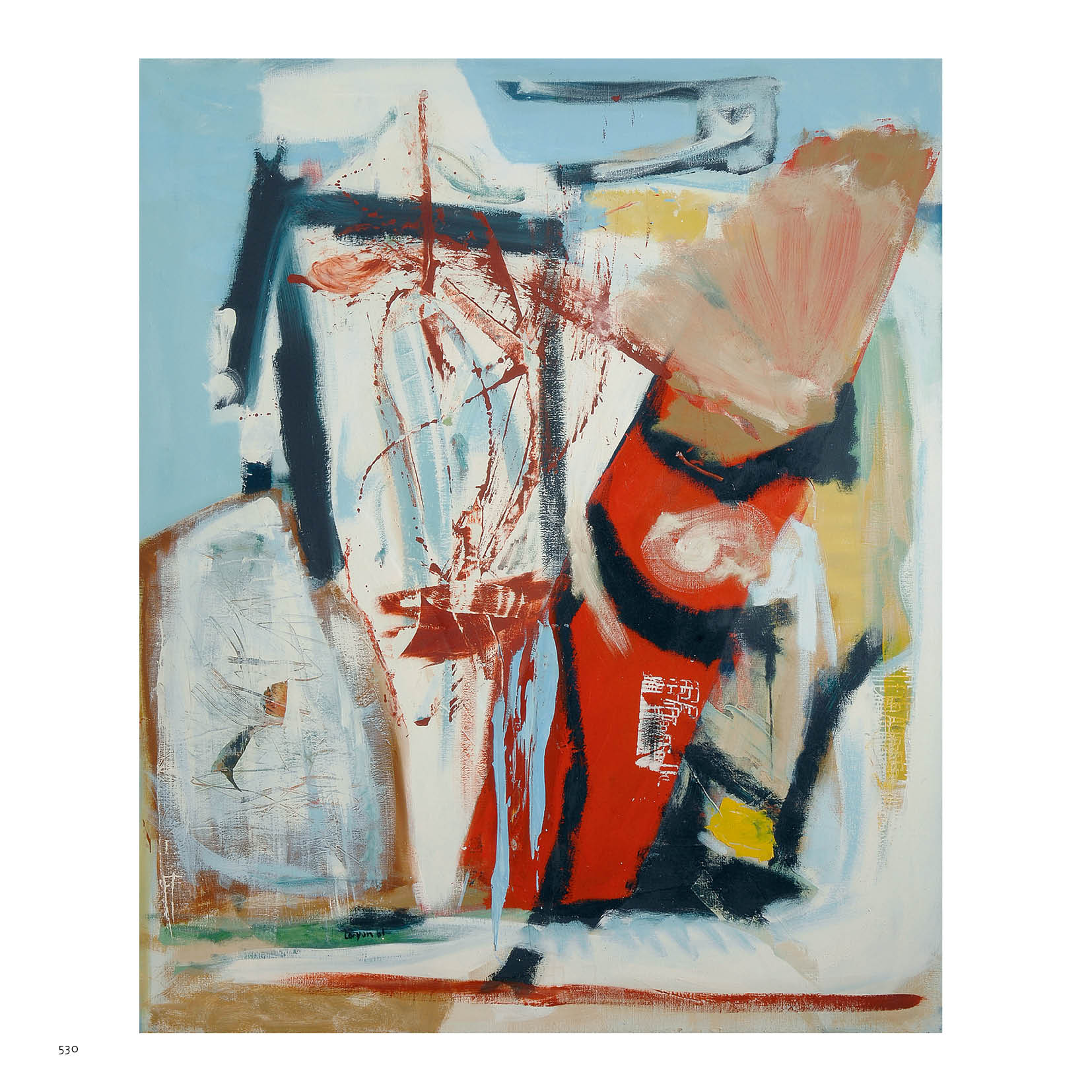
‘An exemplary achievement in art scholarship’ – Frieze magazine
David Nowell Smith, Senior Lecturer in Poetics at East Anglia University, reviews Peter Lanyon’s immersive landscapes at the recent exhibition at Hazlitt Holland-Hibbert and explores the artist’s depiction of space, as well as giving his opinion on Toby Treves’ ‘magisterial’ new catalogue raisonné. To read the full article, click here
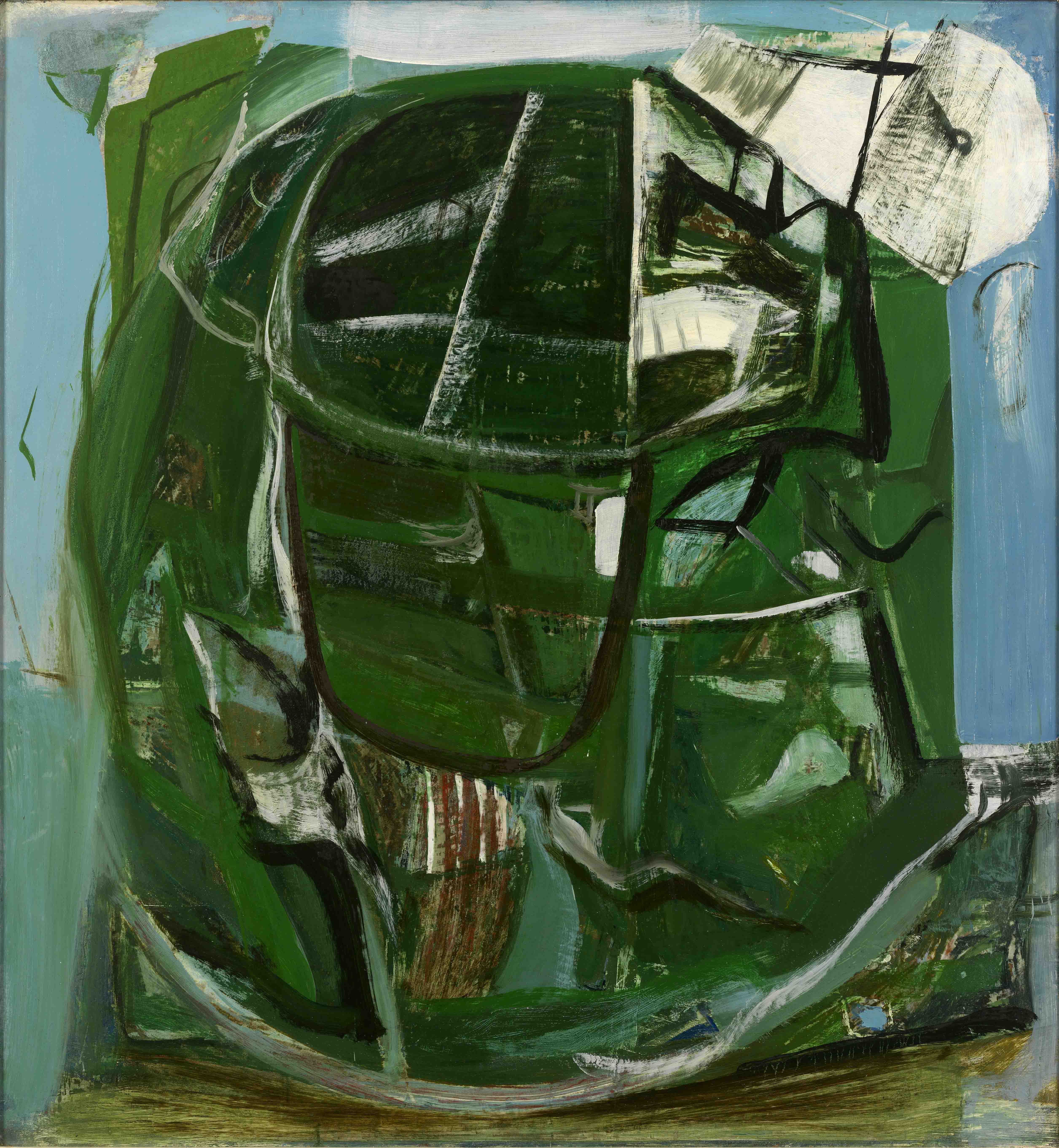
Apollo reviews Cornwall Inside Out and Peter Lanyon: Catalogue Raisonné of the Oil Paintings and Three-dimensional works
Calling it ‘a total immersion within the landscape’, Maggie Gray of Apollo magazine reviews warmly the exhibition of a selection of Peter Lanyon’s Cornish landscape paintings at Hazlitt Holland-Hibbert until 16 March. Gray’s article also highlights the value of Toby Treves’ accompanying catalogue raisonné in ‘remapping’ Lanyon’s oeuvre and providing a unique opportunity to study his works closely and contiguously: ‘Seen in its full context, the true complexity of his work becomes apparent.’ You can read the full review online here
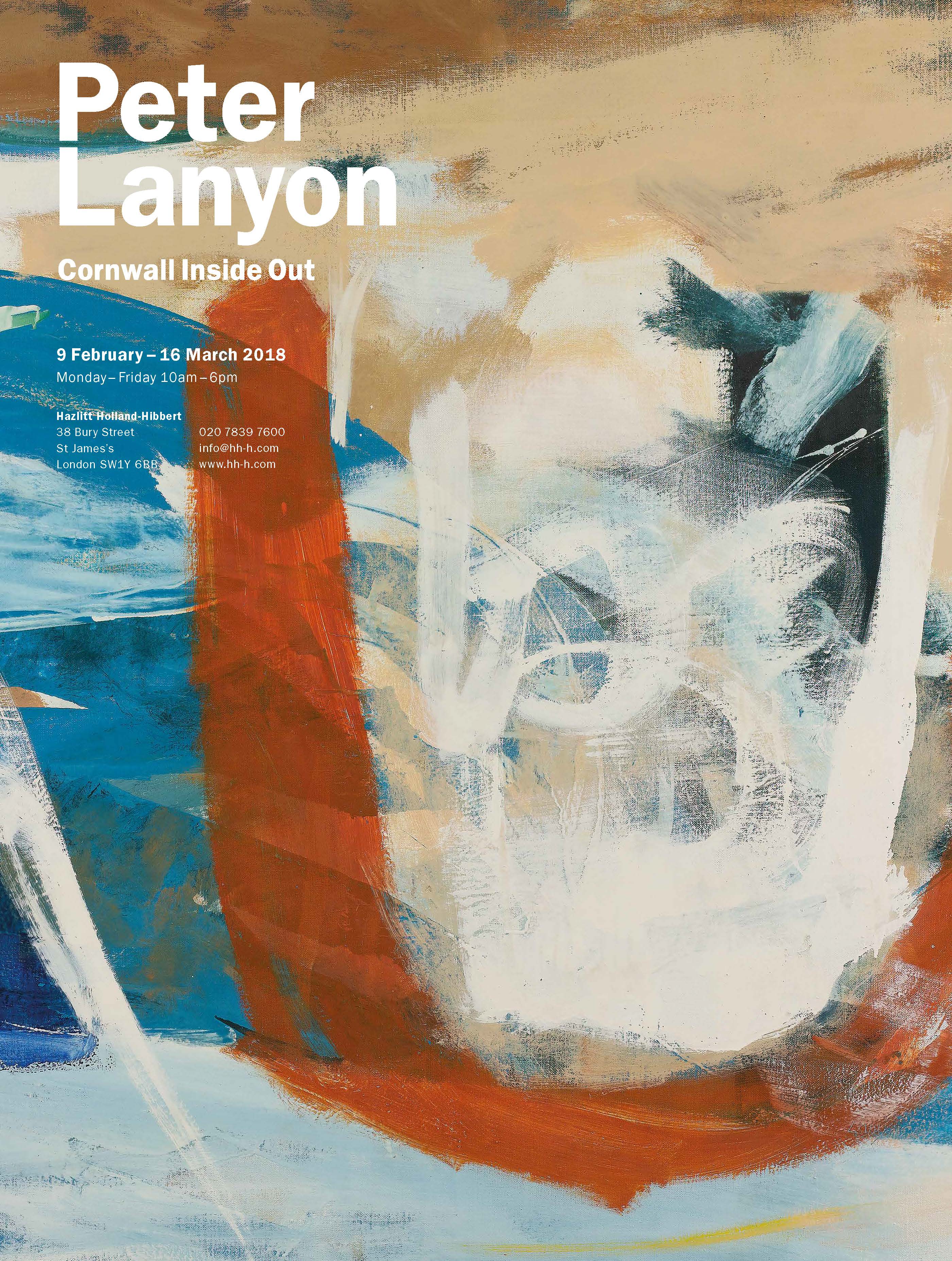
Peter Lanyon’s centenary marked by publication of catalogue raisonné and ‘Cornwall Inside Out’ exhibition
8 February 2018 marked one hundred years since the birth of Cornish artist Peter Lanyon. It was also the publication date of Toby Treves’s ‘sumptuously illustrated’ Catalogue Raisonné of the Oil Paintings and Three-dimensional Works and the opening of Cornwall Inside Out, an exhibition of Lanyon’s work at Hazlitt Holland-Hibbert gallery, curated by Toby. The ‘small, beautiful’ exhibition was reviewed in Country Life this week; to read the full article, click here
